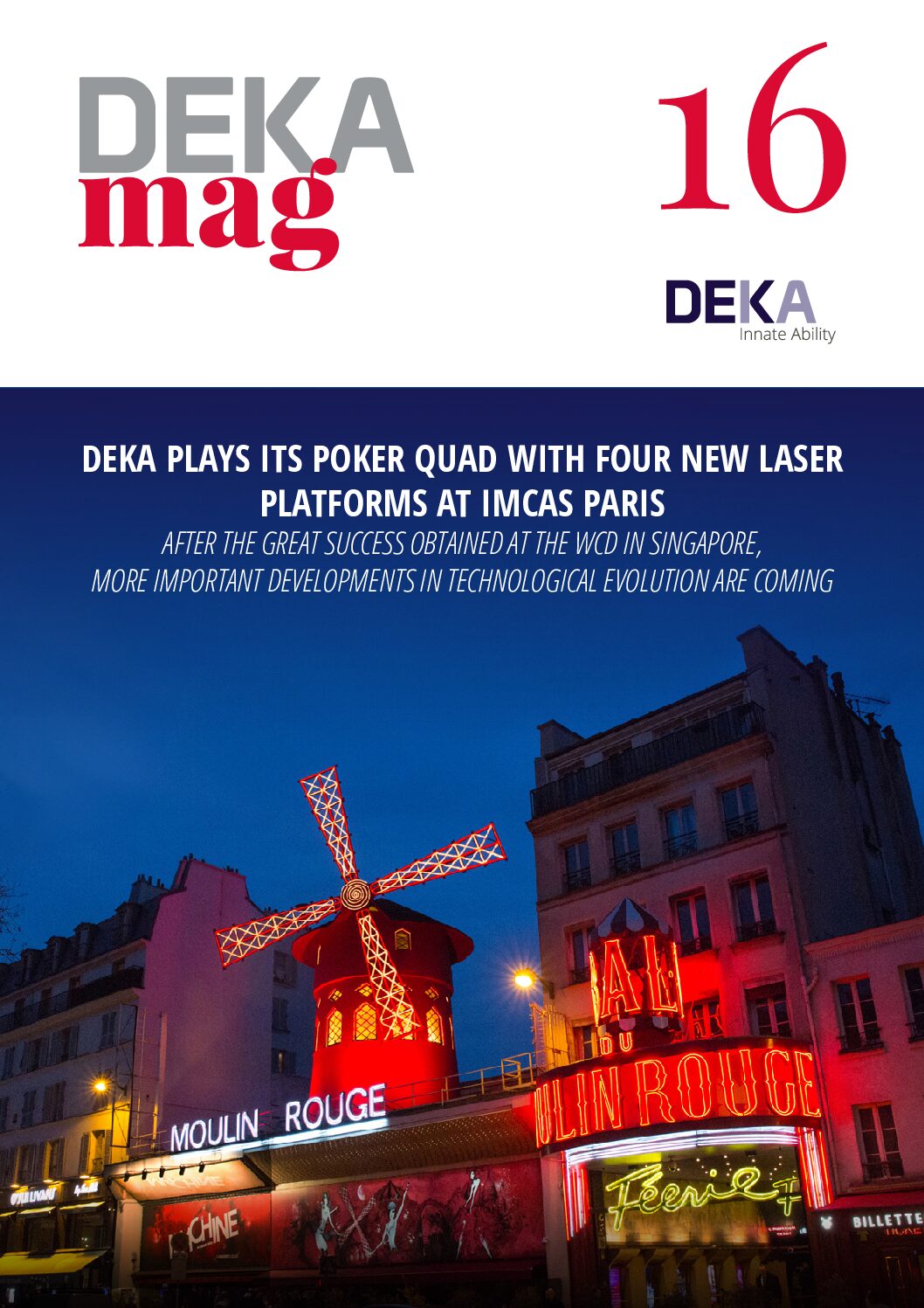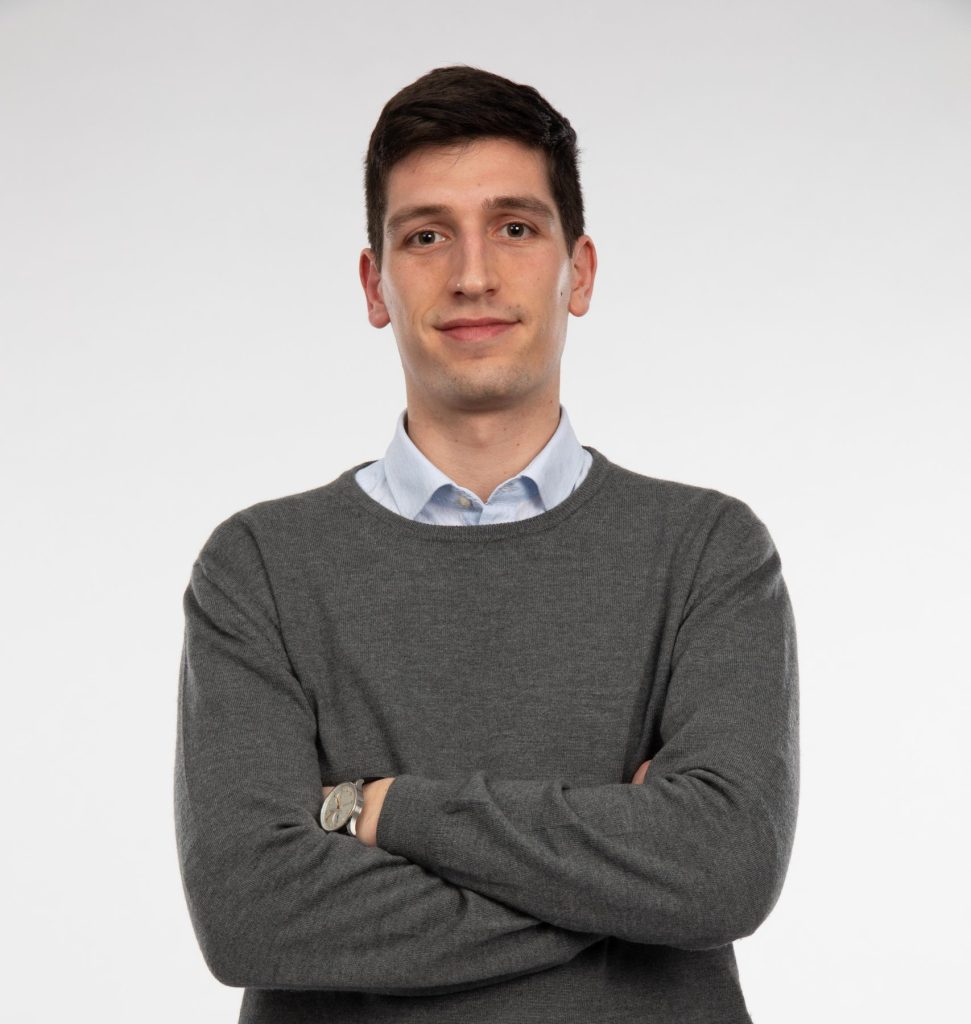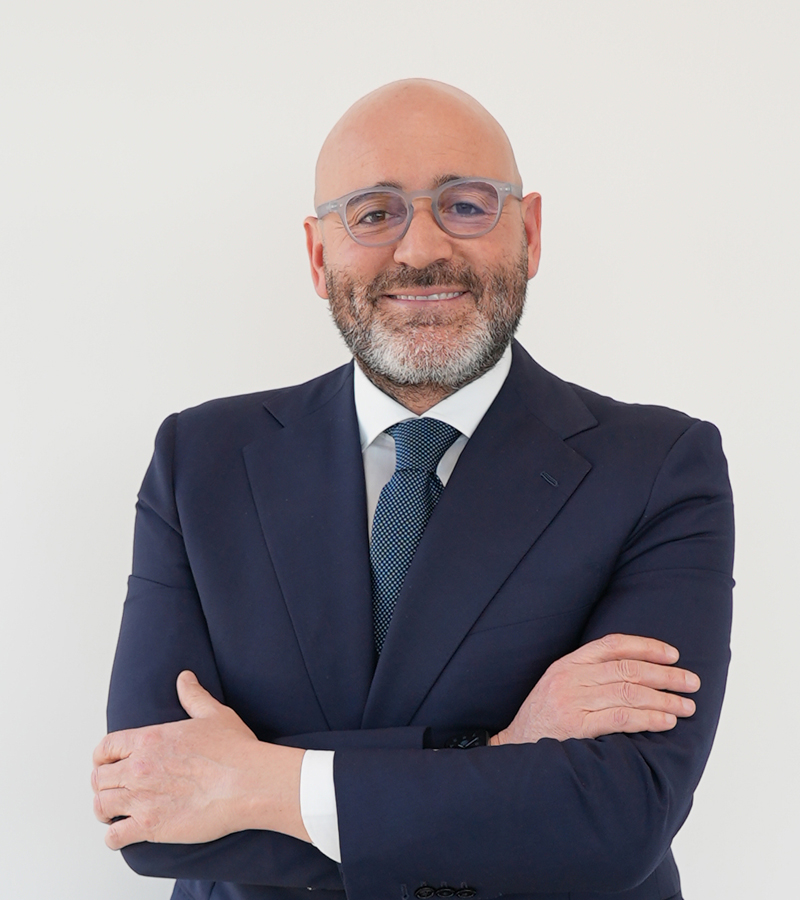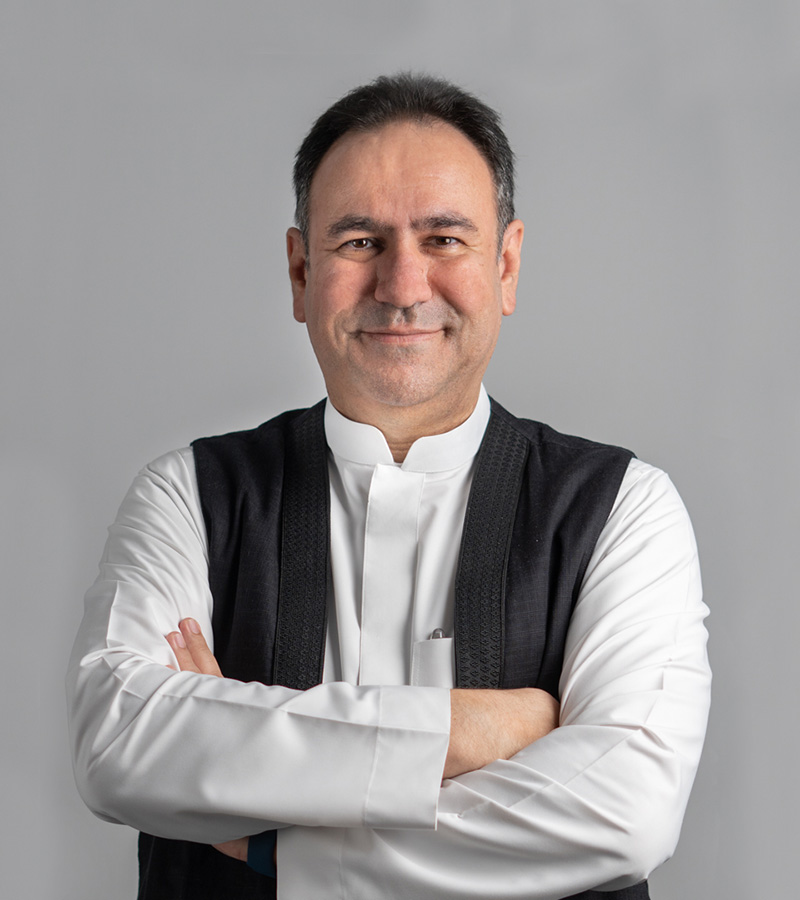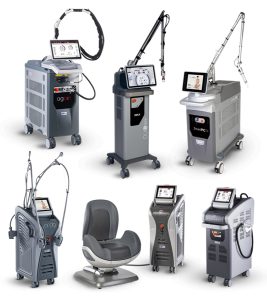
From Orientation Toward Product to Orientation Toward the Market
During its recently celebrated 30 years’ activity, DEKA has demonstrated its ability to develop effective devices. A lot of systems have been installed worldwide and even people have been treated, from every age groups, sex and, above all, ethnicity.
As essential rules, the medical market fosters efficacy, reliability and safety. However, once these rules are set, another objective is pursued: That of realizing systems with their own personality and uniformity in terms of style and elegance, recognizable because they are created with particular attention to colors, lines and shapes.
Let us better understand what “Family Feeling” means. It essentially concerns an approach through which a company aims at uniforming the set of assets which constitute the brand/ product presence. Designing based on the Family Feeling concept means giving our own product portfolio connotations which are similar among themselves, so as to provide an idea of continuity and familiarity: A base on which we can build that sense of trust, necessary to transform the user into a client, besides ensuring “immediate” company awareness.
This new approach starts from product design, as it has made a focus shift from within the company toward the outside necessary, aiming beyond said boundaries, namely the users market and presence within clinics. Focus has also shifted toward other markets (i.e., automotive and IT), trendsetters in terms of style, colors, lines and shape research, aspects which define the aesthetic character and impact of the products.
This entails a stronger effort in terms if prototyping and designing costs, nevertheless with high benefits in terms of an increased perceived value, which sets us apart from ever fiercer competition.
And, in the end, we are Italian, and we intrinsically lean toward beauty and aesthetics, a source of pride worldwide.
WHAT HAS CHANGED
Colors: A combination of greys that offers sobriety and elegance, able to adapt to the surrounding medical environment.
Shapes: Simpler and more current lines, drawing from the past but revisited in terms of modernity and elegance.
Materials: Stronger and more resistant, able to enhance technical performance and provide the end user with safety, above all with lesser environmental impact (reduction of plastic components which varies, according to the model, from 40% to 60%).
Dimensions: Focus on bulk in relation to medical environments and logistics.
Ergonomics: Accurate study of movements and maneuvers during treatments in order to transfer dimensions and shapes, necessary for the operator, onto handpieces and machines.

